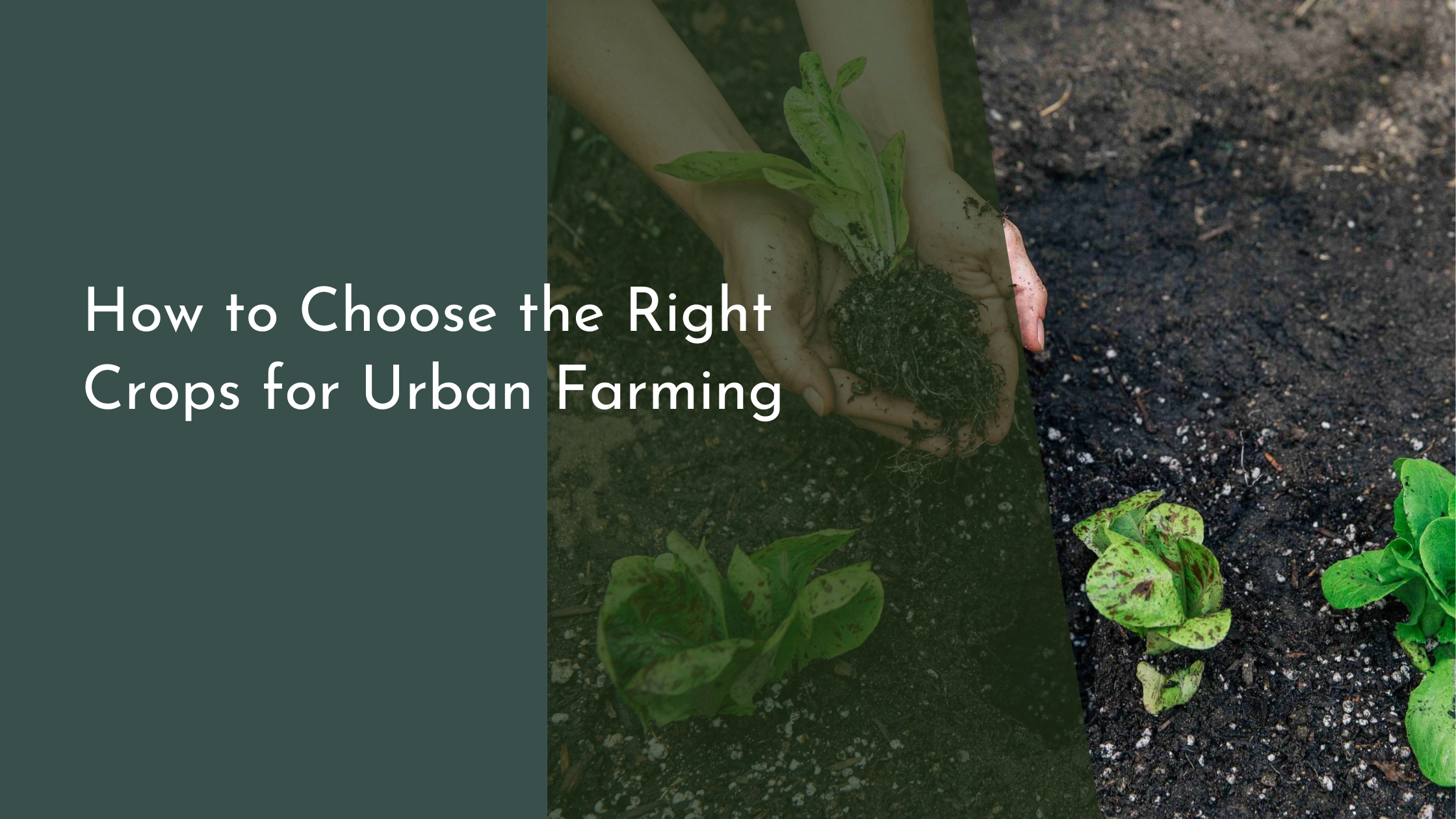How to Choose the Right Crops for Urban Farming
Urban farming has emerged as a popular movement for city dwellers looking to embrace greener lifestyles and cultivate their own food. However, choosing the right crops for urban farming is crucial for success. With limited space, specific climate conditions, and unique lifestyle constraints, it’s important to select crops that suit your environment and personal needs. This guide will help you navigate the essentials of choosing the right crops for your urban farming venture.
Understanding Your Urban Farming Space
Before planting your first seed, it’s essential to assess the space available for your urban farm. Urban environments often come with constraints, whether you’re working with a balcony, rooftop, or small backyard. Measure your area carefully to understand the dimensions and consider the potential for vertical growth or layering with tiered planters. This will help you maximize the available space and may influence the types of crops that you can grow successfully.
In addition to size, take into account the type of space you’re working with. Is it open or enclosed, and how much sunlight does it receive throughout the day? Observing the sun’s path can help you determine which areas receive full sun, partial shade, or full shade, which is vital for selecting crops. Some plants thrive in full sunlight, while others prefer shaded spots. Understanding your space’s microclimate will ultimately guide your crop selection.
Assessing Climate and Weather Conditions
Climate and weather patterns play a significant role in determining which crops will thrive in your urban farm. Begin by researching the USDA Hardiness Zone for your area, which provides guidance on the types of plants that can withstand local temperature ranges. This information helps narrow down crop selections to those that are naturally suited to survive your region’s climate.
Beyond temperature, consider the area’s precipitation and humidity levels. Urban settings can experience microclimates due to heat islands and wind tunnels created by buildings. These factors can affect water retention in your soil and may necessitate the selection of drought-resistant varieties or adjustments in watering schedules. Understanding these conditions will help you choose crops with the resilience needed to flourish in your unique urban environment.
Evaluating Crop Yield and Maintenance Needs
When choosing crops, it’s crucial to evaluate both the yield and the maintenance requirements of potential candidates. High-yield crops like cherry tomatoes, lettuce, and herbs can provide a generous harvest within a small footprint, making them ideal for urban farming. On the other hand, some plants grow slowly or produce less, and thus might not be as cost-effective or satisfying for those with limited space.
Maintenance needs should also weigh heavily in your decision. Consider how much time you are willing and able to commit to your urban farm. Some crops, such as leafy greens, are low-maintenance and perfect for busy individuals, while others, like vine vegetables, might demand more time and attention. Understanding the labor involved in growing different plants can prevent future frustrations and ensure a positive urban farming experience.
Matching Crops to Your Urban Lifestyle
The best urban farm is one that aligns with your lifestyle. If you enjoy cooking fresh meals, consider growing culinary herbs like basil, mint, and parsley, which can be easily harvested and used regularly. If you’re interested in a diverse diet, plant a variety of vegetables that can complement your meals, such as peppers, beans, or radishes.
Incorporate your personal hobbies and interests into your crop selection. Perhaps you’re passionate about sustainability and wish to reduce your carbon footprint. In this case, focus on growing crops that you frequently purchase from the store to minimize packaging waste and transportation emissions. Alternatively, if you’re an experimental gardener eager to try new things, dedicate a portion of your urban farm to unusual or heirloom varieties that intrigue you. Tailoring your crop choices to your lifestyle will enrich your urban farming journey and make it more enjoyable.
Choosing the right crops for urban farming is a rewarding challenge that can transform your way of living. By thoughtfully considering your space, climate, maintenance capabilities, and personal lifestyle, you can cultivate a thriving urban farm that suits your needs and preferences. With each harvest, you’ll gain not only fresh produce but also a deeper connection to the environment and a sense of accomplishment. Embrace the adventure, and watch your urban farm flourish!

